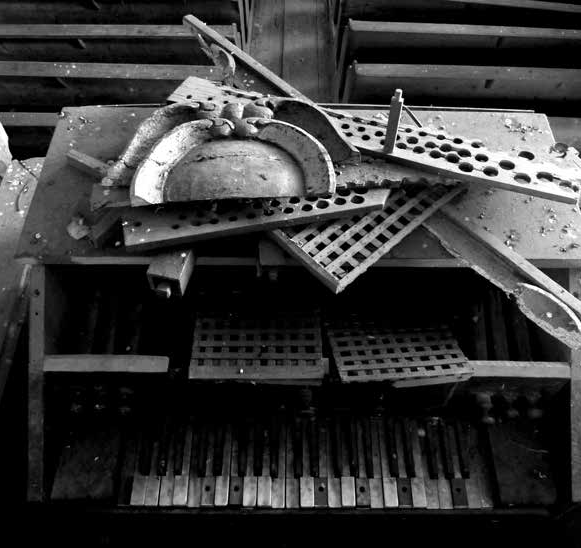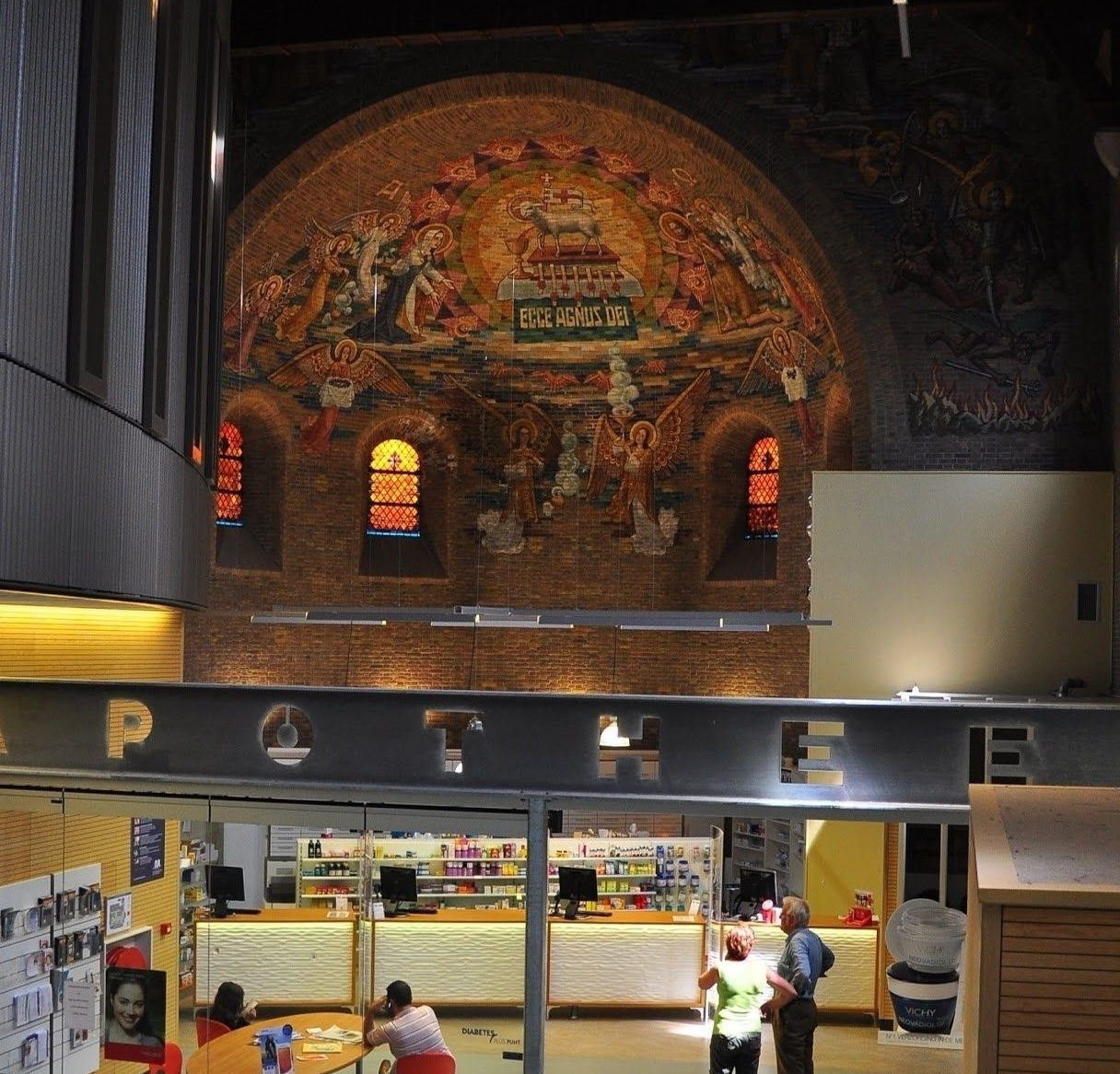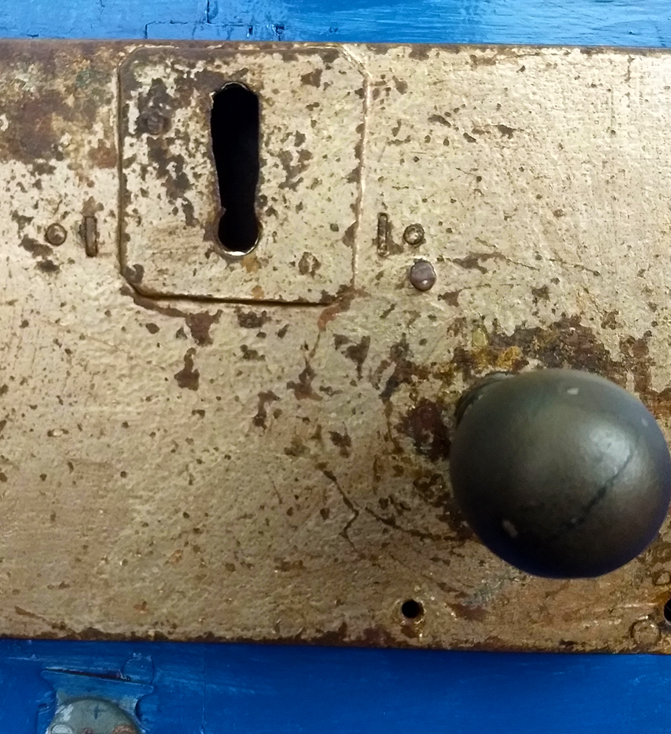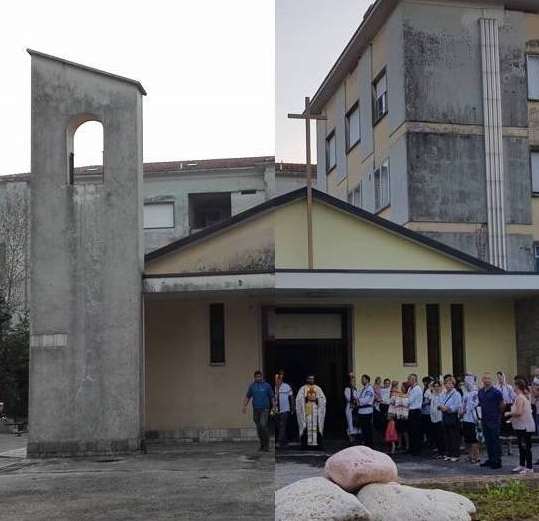Posters without presentation
The Volkswagen Foundation invited young researchers conducting research on the topic of the symposium to apply to take part in the conference with a poster. From the applications received, 19 projects were selected to be presented at the conference in four blocks. Three blocks were in English, one in German. The authors of the four projects listed in this section were unfortunately unable to attend the conference and made their posters available in written form.
Endangered churches in the Slovak Republic. Passportization, conditions for rescue and recommendations for praxis

- Name / Titel
- Róbert Erdélyi
- Funktion
- Ohrozené Kostoly - Religious Heritage at Risk, NGO, Bratislava, Slovakia (not present at the symposium)
An essay on the topic is available here.
Believing in social real estate. The possibilities and opportunitites of new social functions in defunct religious real estate

- Name / Titel
- Maikel Lemmens
- Funktion
- Stichting de Wever, the Netherlands (not present at the symposium)
This research aims to provide information about the ways that vacant religious real estate can be transformed so that it keeps fulfilling its social function. As such this project attempts to answer the following research question: “What are the possibilities and opportunities of new social functions in vacant (Dutch) religious real estate?” In order to answer this, a model was developed. This was achieved by conducting literature research to determine the requirements and demands of former religious owners and new social functions, concerning parameters such as location, environment, building and economic feasibility. The model makes it easier and more transparent to identify the social functions that are viable for vacant churches. The model was tested and subsequently used on six churches. From the results, it can be inferred that there are good possibilities for new social functions, but that the financial opportunities are limited. Without alternative returns in the form of subsidies or asset appreciation, almost no social functions are financially viable. The most promising are business/art incubators, homeless shelters and primary healthcare clinics. This is due to the relatively low remodelling costs, and/or the higher rents that these functions can afford. But even then it is paramount that the acquisition and restoration costs are low. As such, for commercial investors, only healthcare and incubator related usage of vacant religious real estate are financially attractive, while other social usage (e.g. education, culture, religion, sports and recreation) can be attractive for governments and non-profit organisations.
Building community spirit: community reuse of Church of Scotland churches

- Name / Titel
- Molly Miller
- Funktion
- University Of Edinburgh, UK
This PhD research project explores community reuse of Church of Scotland churches as lived, material, and discursive processes through which secular community groups navigate their evolving relationships with and understandings of the former religious buildings and artefacts now in their care. Such reuse projects today are occurring in a period of change felt across the social, political, heritage, and ecclesiastical landscapes of Scotland, as the Church of Scotland—owner of the largest number of designated heritage buildings in the country—moves to downsize 40% by 2027 and the Scottish government expands both community empowerment and land reform legislation. Particularly notable recent legislation includes the Land Reform (Scotland) Act 2003 and the Community Empowerment (Scotland) Act 2015, which expanded rural and urban community land rights. To better appreciate the nuanced lived experiences of the community groups involved, an interdisciplinary approach was taken, drawing largely from the field of anthropology and contextualised through archival research. Participant observation at multiple case study locations and interviews with a cross section of stakeholders revealed complex notions of community, identity, and place mediated through and entangled with former church buildings, their materials, and their at times confounding layers of significance.
Gurudwara in Italian urban spaces

- Name / Titel
- Silvia Omenetto
- Funktion
- Università La Sapienza, Roma, Italy
The types of places of worship in urban spaces grow with the variation of religious diversity and have created, in Italy, a spatial chaos that has replaced the urban geometry of the last century. Thus we are witnessing the proliferation of sites practiced by two or more communities at the same time, of sacred buildings converted into other religious places and of secular spaces transformed into places of worship. The latter in particular represent the daily life of religious minorities with a migratory background. The dynamics of adaptation and settlement of musalla, gurudwara, mandir, Romanian Orthodox churches include two categories of replacement: from religious X to religious Y, and from secular to religious, thus intercepting different identities and creating an even more complex hybridization. According to statistics provided by the Romanian Orthodox Diocese of Italy, 76% of places of worship are owned by the Catholic Church (317 places of worship out of a total of 418 places of worship): 89 Catholic churches are in possession and use of the Romanian parishes on the basis of a free loan agreement; 90 parishes and 138 Romanian missions use Catholic churches or chapels. The approximately 58 gurudwaras distributed throughout the country, on the other hand, are mostly found by adapting industrial buildings, warehouses, supermarkets. Thus temples with hybrid and often invisible architectures are created. The objective of the research - in itinere - is to deepen the spatial strategies which, together with the legal and economic obstacles and religious needs, are hidden behind the choice to replace these buildings in Romanian Orthodox churches and Sikh temples. The methodology adopted is mainly qualitative (questionnaires, field observations, focus groups, inspections, photos, mapping through the use of Geographic Information Systems (GIS), analysis of the architectural project and local plans). The research will allow to deepen the territorialization process of religious minorities of foreign origin on the Italian territory and will allow to reorient the research on places of worship in multireligious urban spaces by recalibrating the weight attributed to buildings, urban space and their characteristics in the daily practice of communities and in their interaction with the social fabric.
